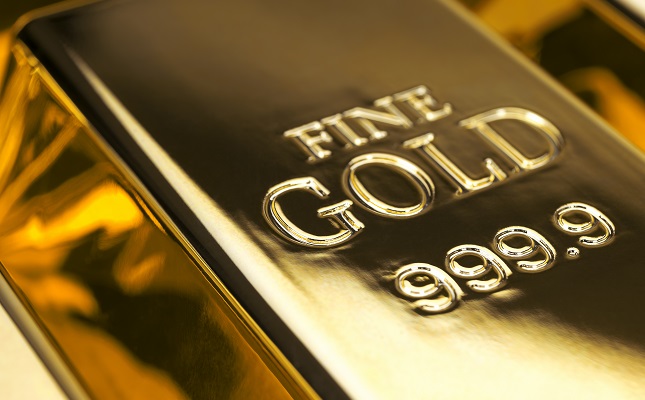Gold Demand +4% in Q4 2015; -1% for Jewelry
February 11, 16
(IDEX Online News) – Gold demand picked up in the fourth quarter of 2015, increasing 47 tons to 1,117.7 tons, according to a World Gold Council (WGC) report.
Despite this gain, demand for jewelry fell 1 percent to six tons in the quarter. On a year-over-year basis, gold demand for jewelry dropped 3 percent.
Gold suffered badly in the first half of 2015 with a 6-percent fall in demand. A number of significant factors affected demand in the first two quarters of the year including, extreme weather patterns in India reducing demand for jewelry, the economic slowdown and financial market volatility in China, political unrest in Turkey and the conflicts taking place in the Middle East.
However, the second half saw a strengthening and steadying, where demand over the last two quarters was in-line with the five year average. Demand increased 2 percent in the second half to 1,299.9 tons compared to 1,271.5 over the same period in 2014. The only time demand was higher in the second half of a year was in 2004.
Jewelry demand in the fourth quarter was slightly softer than the third, but was buoyed by Indian festival purchases. Demand from central banks to add to their gold reserves also played a key role in the increased second quarter demand.
India’s annual jewelry demand peaked at 654.3 tons – a 5-percent increase – and the highest figure since 2010. Demand was weak in India for the first half of the year, but Indian consumers have been resilient in their desire for gold.
Amid challenging economic conditions, Chinese demand dipped 3 percent over the year, falling from 807.2 tons in 2014 to 783.5 tons in 2015. The industry faces tightening credit lines and intensified economic competition. The report states that while 24-karat jewelry accounts for 85 percent of the market, higher-margin 18-karat jewelry is beginning to gain market share.
In other Asian markets, Hong Kong’s continued reliance on Chinese mainland tourists, affected its gold demand, which plunged 23 percent. However, demand in Vietnam rocketed 31 percent in the fourth quarter to register a 25-percent increase in annual demand to 15.6 tons.
Turkey was one of the few markets to register growth in recycling in the fourth quarter as economic difficulties, including the weak lira and political and regional upheavals affected demand.
In the UAE, plummeting oil prices and declining tourist revenues fed a decline in gold jewelry consumption.
Russian demand collapsed to a 14-year low of 41.1 tons, a 39-percent decrease compared to 67 tons in 2014. The decrease is attributable to several factors, including the oil price crash and the devaluation of the ruble and economic sanctions as a result of military action in Ukraine.
US demand improved modestly, a 3-percent increase in both the fourth quarter and annually. The WGC report states that despite consumers benefitting from lower oil and heating costs, disposable income is more likely to be spent on travel and leisure rather than retail goods.